4April 2025
Key Takeaways
- Poor roof installation can lead to leaks, structural damage, and costly repairs.
- Common signs include sagging rooflines, missing or curling shingles, water stains, and poor ventilation.
- Hiring a licensed, experienced roofing contractor helps prevent installation issues.
- Regular roof inspections identify problems early, saving time and money.
- T.A. Hughes Roofing provides expert roof installation and inspections across New Jersey.
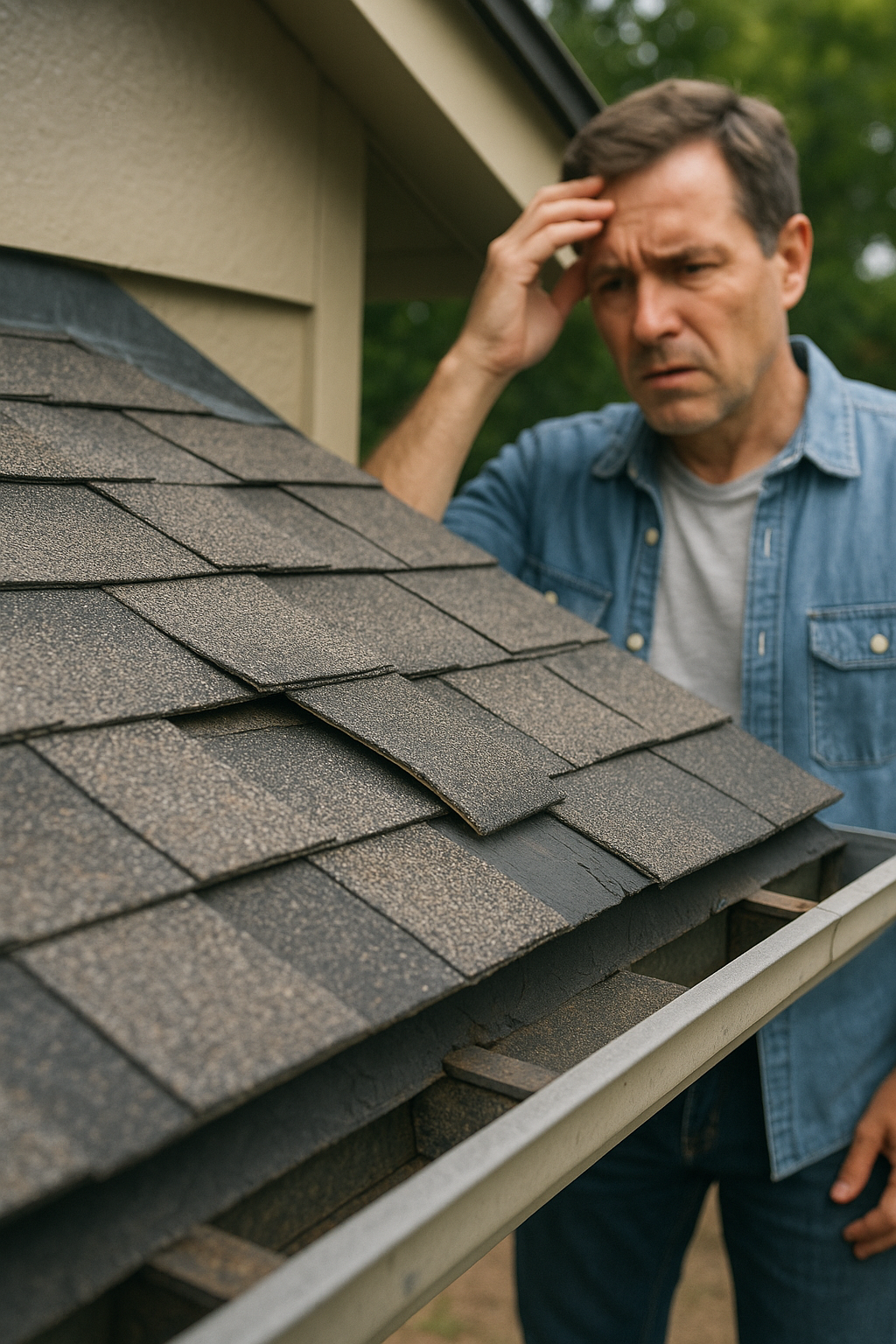
Is Your New Roof Hiding an Expensive Problem?
“Think your new roof is safe? Hidden mistakes could cost you thousands—and you won’t know until it’s too late.”
Imagine spending thousands of dollars on a new roof, believing your home is protected. Then the first heavy rain hits, and you notice water stains on your ceiling. The problem isn’t just a leak—it’s poor roof installation that’s now causing structural damage, mold growth, and costly repairs.
Many homeowners assume a new roof equals peace of mind, but that’s not always the case. In fact, 95% of roofing failures are due to improper installation (National Roofing Contractors Association). This guide will help you spot the warning signs and show you how to avoid these expensive mistakes. If you’re worried about your roof, T.A. Hughes Roofing offers professional inspections and repairs across New Jersey.
Why Proper Roof Installation Matters
Your roof isn’t just there to look good—it’s your home’s first defense against New Jersey’s harsh weather. When installed correctly, a roof can last 20–30 years. But poor installation can lead to costly repairs long before that.
Why It’s Important:
- Prevents Water Damage: Proper sealing keeps out rain, snow, and ice.
- Protects Your Home’s Structure: Prevents sagging, rot, and even roof collapse.
- Boosts Energy Efficiency: A well-installed roof reduces heating and cooling costs.
- Maintains Property Value: A faulty roof can scare off potential buyers.
For expert roof installations, visit Best Residential Roofing Contractors in NJ.
Real-Life Story: A Costly Lesson in Poor Roof Installation
“I hired a contractor who promised a ‘quick and cheap’ roofing job. Six months later, my ceiling was leaking. The original roofer disappeared, and I ended up paying $12,000 for repairs that could’ve been avoided.” — Sarah M., Cherry Hill, NJ
This isn’t just Sarah’s story—it’s a common nightmare for homeowners across New Jersey. Recognizing the signs early can save you from unexpected expenses and stress.
Common Signs of Poor Roof Installation
Sagging or Uneven Rooflines
A properly installed roof should be straight and even. If your roof appears wavy, uneven, or sagging, it’s a major red flag.
What Causes This?
- Inadequate structural support
- Weak or damaged roof decking
- Poor workmanship during installation
If you notice sagging, contact South Jersey Roof Structure Contractor immediately to prevent further damage.
Missing, Cracked, or Curling Shingles
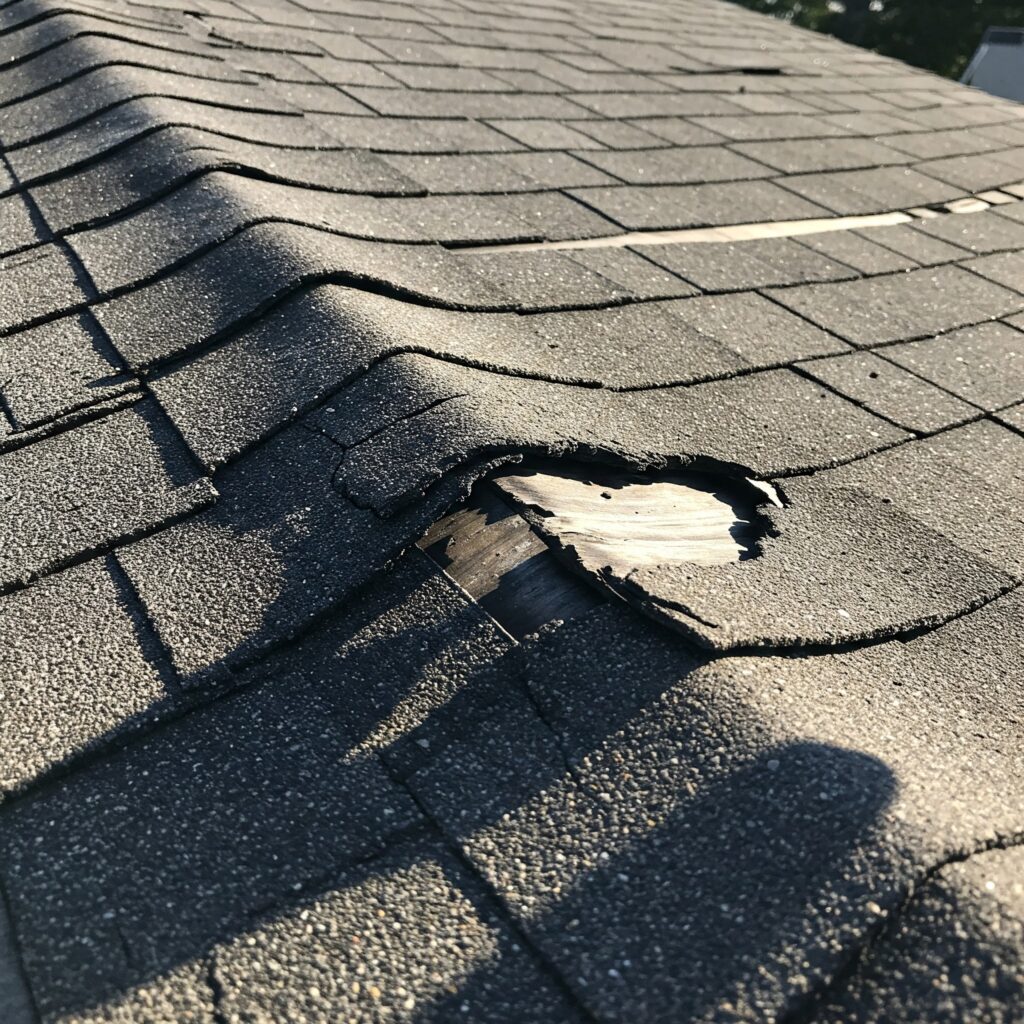
Shingles are your roof’s first defense against the elements. If they’re missing, cracked, or curling, your roof is vulnerable to water damage.
Common Causes:
- Improper nailing techniques
- Inadequate sealing during installation
- Use of low-quality materials
Learn how to choose durable materials in Top 5 Roofing Materials for NJ Homes.
Water Stains on Ceilings or Walls
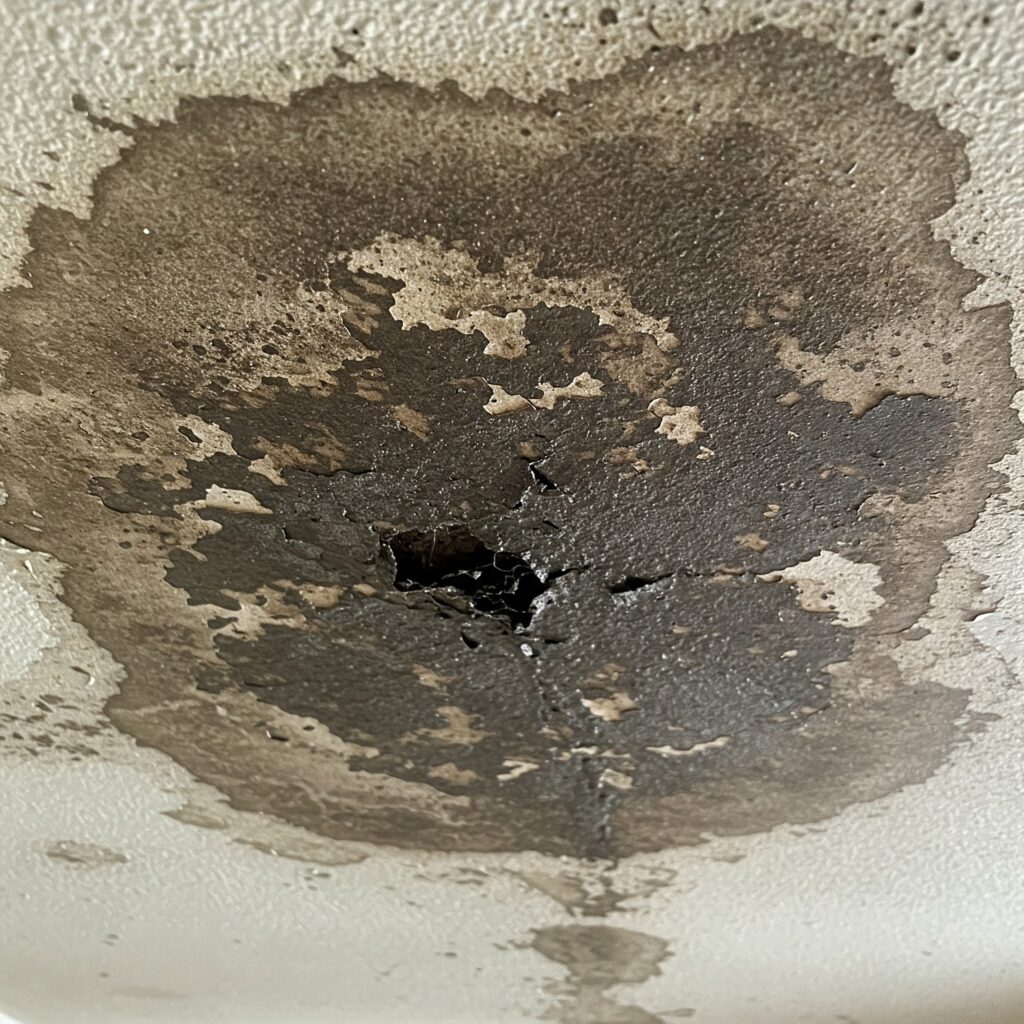
Water stains inside your home are a clear sign of roofing issues. If you’ve recently had a roof installed and notice leaks, poor installation is likely to blame.
Why This Happens:
- Faulty flashing
- Improperly installed underlayment
- Poor sealing around vents and chimneys
For leak diagnosis, visit Gloucester County’s Guide to Roof Leaks.
Poor Shingle Alignment
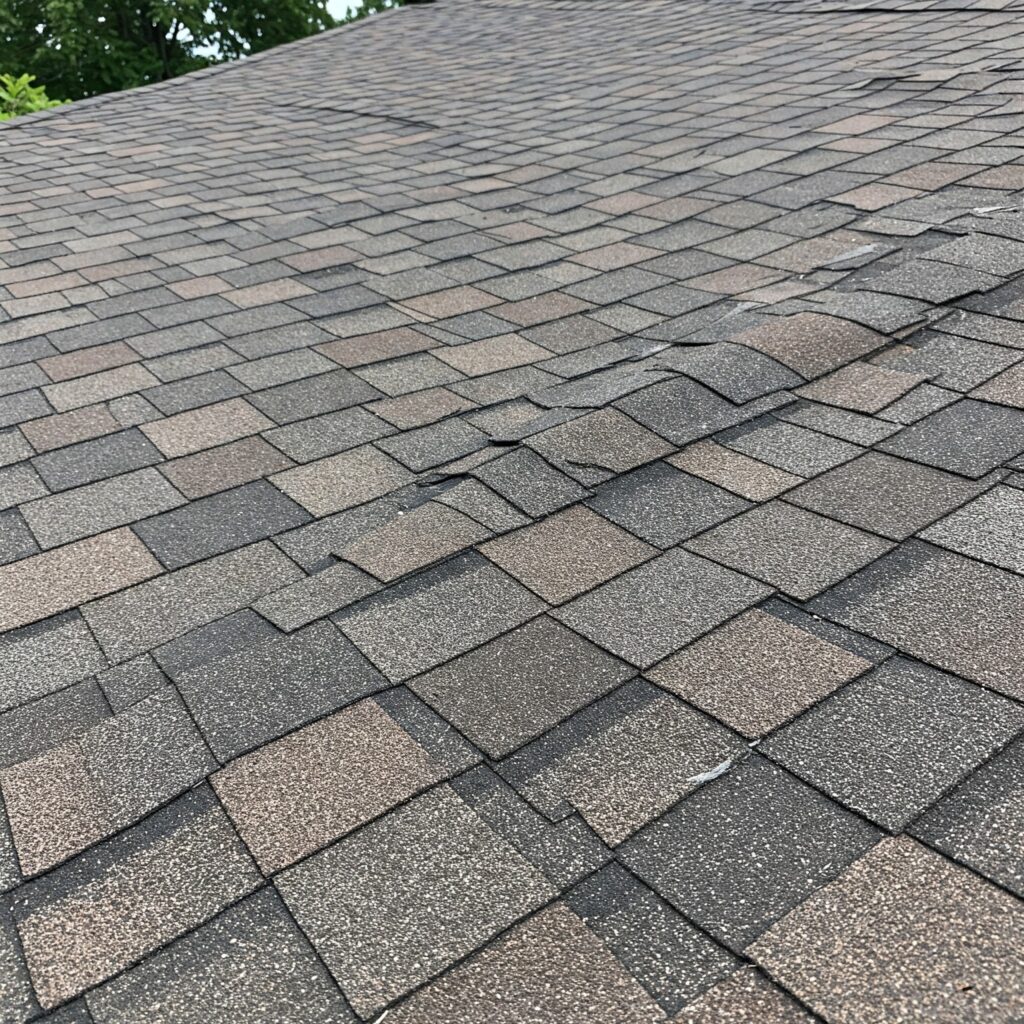
Shingles should be straight, evenly spaced, and properly overlapped. Crooked or uneven shingles not only look bad but also fail to protect your roof effectively.
What Causes This?
- Rushed installation
- Lack of attention to detail
- Inexperienced contractors
Inadequate Roof Ventilation
Proper ventilation is key to maintaining a healthy roof. Without it, moisture builds up, causing mold growth, wood rot, and higher energy bills.
Signs of Poor Ventilation:
- Excessive heat in the attic
- Mold or mildew on rafters
- Ice dams forming during winter
Learn more in Energy-Efficient Roofing Options in New Jersey.
The Hidden Costs of Poor Roof Installation
| Issue | Short-Term Costs | Long-Term Costs |
| Minor Repairs | $200–$500 | Recurring maintenance fees |
| Water Damage & Mold Remediation | $1,000–$5,000 | Health risks and structural damage |
| Full Roof Replacement | $8,000–$15,000+ | Insurance claim denials |
| Energy Loss (Poor Ventilation) | Higher utility bills | Thousands lost over time |
For a breakdown of roofing costs, see The 2024 Guide to Roof Replacement Costs in South Jersey.
How to Avoid Poor Roof Installation
Hire Licensed and Certified Contractors
Always choose contractors who are licensed, insured, and certified. This ensures they meet industry standards and are accountable for their work.
Learn why licensing matters in Licensed vs. Unlicensed Roofers in NJ: Why It Matters.
Ask the Right Questions
Before hiring a roofer, ask:
- Are you licensed and insured?
- Do you provide a workmanship warranty?
- Can you share references from recent clients?
For more tips, visit Top Questions to Ask Your Gloucester County Roofer.
Get a Detailed Written Estimate
A professional contractor will provide a detailed contract outlining:
- Materials to be used
- Project timelines
- Labor costs
- Warranty information
Verify Insurance and Warranties
Ensure your contractor carries liability insurance and offers a solid workmanship warranty. This protects you if something goes wrong during the project.
Learn more in Roofing Warranties Explained.
What to Do If You Suspect Poor Roof Installation
Steps to Take:
Schedule a Professional Inspection:
Contact T.A. Hughes Roofing for a comprehensive roof assessment.
Document the Damage:
Take photos of visible issues for insurance claims and contractor disputes.
Contact the Original Contractor:
If your roof is under warranty, request a repair. If not, seek a second opinion from a reputable contractor.
Don’t Delay Repairs:
Waiting can worsen damage and increase repair costs.
Frequently Asked Questions (FAQs)
1. How soon can poor roof installation cause problems?
Sometimes immediately after the first heavy rain. In other cases, it can take months or even years to notice issues.
2. Can poor roof installation be fixed without replacing the whole roof?
Yes, if the issue is caught early. Repairs may involve fixing flashing, underlayment, or specific shingle sections.
3. Is it possible to hold a contractor responsible for poor installation?
Yes, especially if the work is under warranty. Always keep documentation and contracts.
4. What should I do if my roof is leaking after a new installation?
Contact the installer immediately. If they don’t respond, reach out to 24 Hour Emergency Roof Repair In NJ.
Protect Your Home from Costly Roofing Mistakes
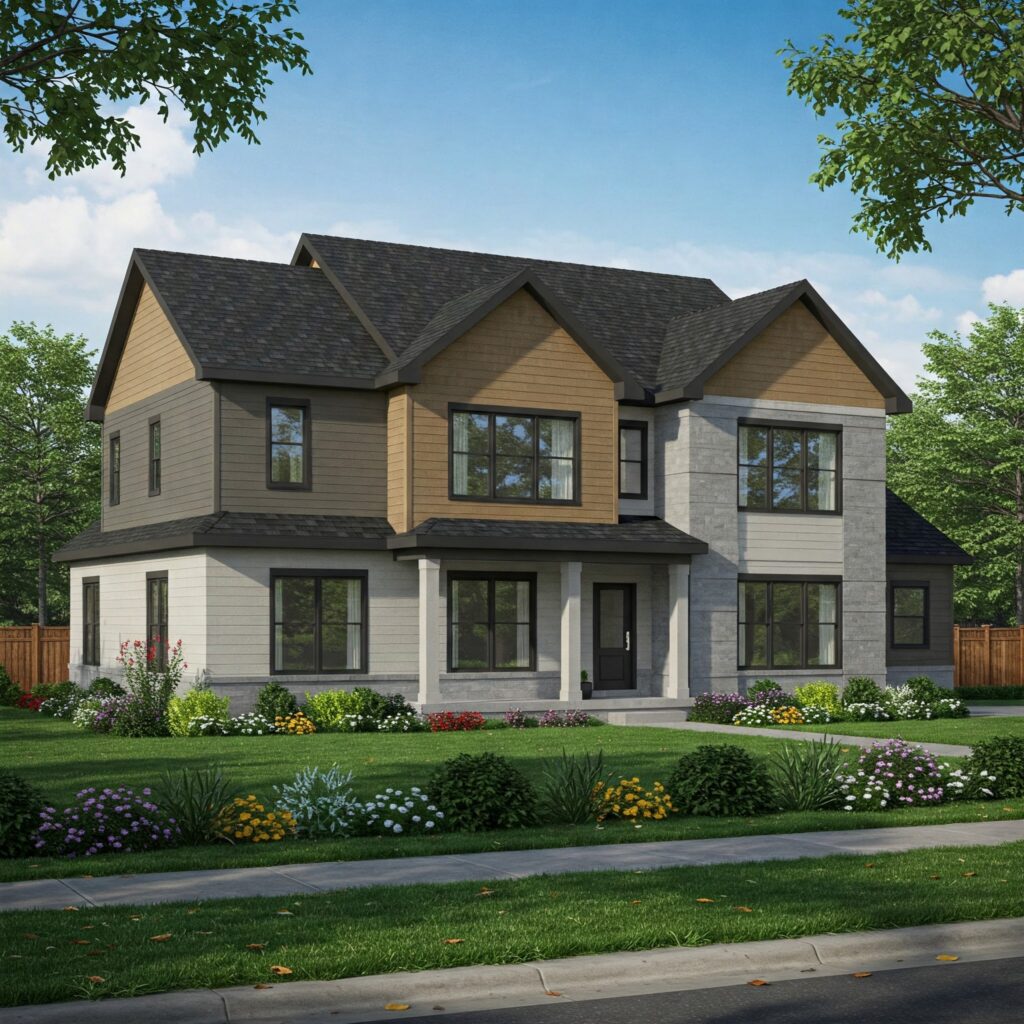
Poor roof installation isn’t just about leaks—it can lead to mold, structural issues, and unexpected expenses. The best way to avoid these problems is by hiring licensed professionals, asking the right questions, and scheduling regular roof inspections.
Schedule a Roof Inspection with T.A. Hughes Today to ensure your roof is installed correctly and built to last.
